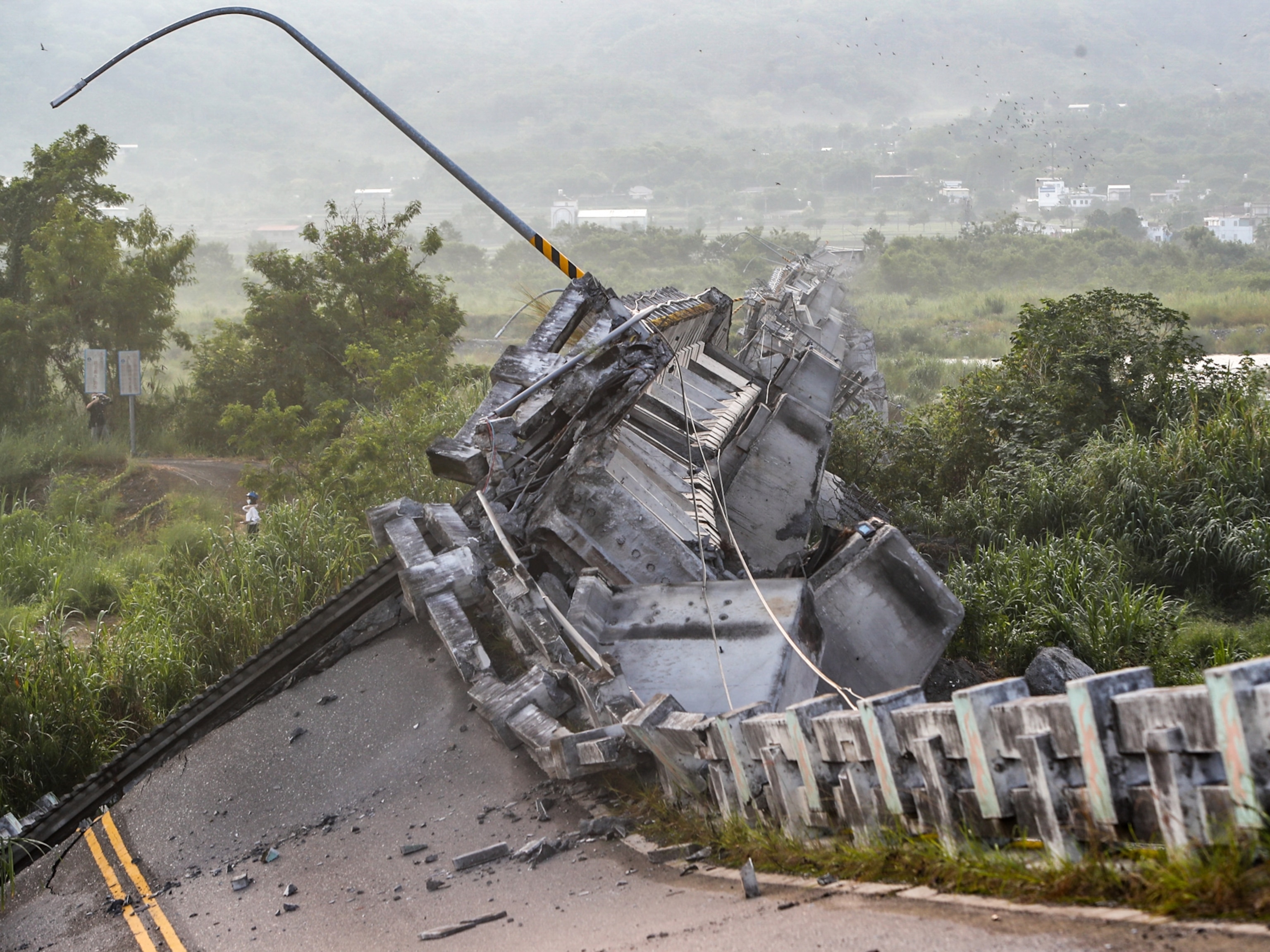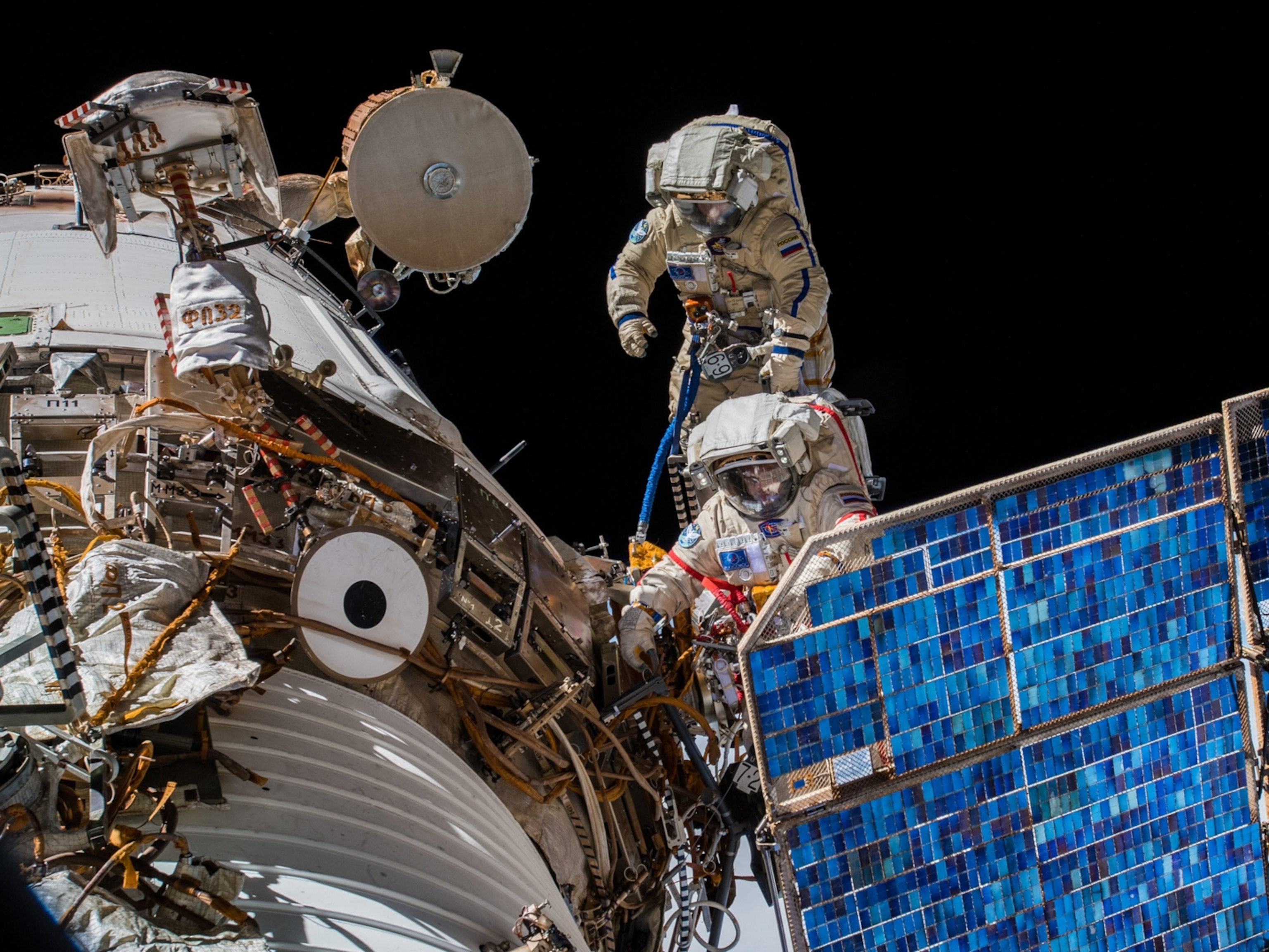
New Heartbeat Detector May Save Lives After Disasters
Portable technology will help search and rescue teams find people more quickly.
They give us hints about the origins of the universe, relay signals to our televisions, and nuke bags of popcorn when we're in the mood to watch a movie. Microwave radiation is a versatile part of our lives, and someday it could save them.
Researchers with the Jet Propulsion Laboratory (JPL) in Pasadena, California, have developed a device the size of a small carry-on bag that uses microwaves to detect human heartbeats in piles of rubble, which can bury people following natural disasters such as earthquakes.
Scientists and search and rescue workers tested the latest prototype this week in Lorton, Virginia, and the device may be available to buy as soon as next year. Jim Lux, the project's task manager at JPL, estimates the device will retail around the $10,000 range.
"The idea came from the Department of Homeland Security's science and technology folks who were looking for a way to speed up and improve the search capability to find victims in disasters," he said.
When search and rescue teams from agencies such as the Federal Emergency Management Agency (FEMA) go into areas like Haiti after an earthquake, or Japan after a tsunami, they have limited resources to cover large areas, explained John Price, a program manager in the Department of Homeland Security's (DHS) Science and Technology Directorate. (See: "Haiti Earthquake Pictures: Devastation on the Day After.")
"[The people at FEMA] wanted something that would let them walk down a street and tell them if there was someone there," said Price. That way they could more efficiently deploy search and rescue teams to disaster areas where people are in need of rescue.
Early Feedback
So Lux and his team, working with Virginia Task Force 1—one of two U.S. search and rescue teams that deploy around the world to help after disasters—adapted technology already developed to track firefighters tackling wildfires.
They came up with a 20-pound (9-kilogram) device suitable for going into the field with response personnel.
Called the Finding Individuals for Disaster and Emergency Response (FINDER), the lithium battery-powered device sends out microwaves that can penetrate 30 feet (9 meters) into mounds of rubble or 20 feet (6 meters) into solid concrete.
During a September 25 demonstration, a two-person team worked with FINDER to locate a person "buried" in a rubble pile at the task force's training facility in Lorton. One task force member wheeled the device-enclosed in a hard, tan-colored case-into position while a second member looked at the data coming in on a tablet-like interface.
Researchers received constructive feedback from task force members starting early in FINDER's development.
Mark Lucas, a technical search specialist with Virginia Task Force 1, said he'd like FINDER to work even faster than it does now.
"It needs to tell me information sooner," he said. "Time is our enemy in this type of work we do."
Beating Hearts
Basically, FINDER looks for movement, said JPL's Lux. "Everything reflects microwaves, even rubble," he explained.
Rubble doesn't move, but "your body moves when your heart beats," he said. "As the microwave goes through things, we can see the skin moving and we look for those little tiny changes."
The device also picks up breathing patterns, and combined with heartbeats, it can discriminate between humans and animals.
"We have a computer program that looks at the data [from FINDER], and we have statistics on the ranges of heart rates and breathing rates for humans and other animals," said Lux.
A person doesn't have to be conscious for FINDER to detect them, he said, unlike other search devices like microphones, which pick up people rapping on debris or yelling for help. (Also see: "Japan Tsunami: 20 Unforgettable Pictures.")
It Keeps on Going
FINDER's microwaves are very low power—about 1/100 the amount of radiation associated with cell phones, Lux said.
And the batteries last for about 12 to 14 hours, which is a typical shift for rescue workers, said Price.
"These things can run seven days a week, 24 hours a day—you just need to feed it batteries," he added. But they're meant to be used in concert with other search techniques, such as detector dogs and microphones.
"FINDER is designed to scan a pile of rubble and determine if there's a live human being there," explained Price. "The dogs are useful because they can go and find exactly where that person is. If there's no one in that pile, we can save the [dog's energy] for another area where someone actually is." (Watch a video on training dogs to sniff out cancer.)
The device is also designed to be easy to use.
"The interface-the actual handheld computer device that is the brain behind FINDER-is literally only three buttons," said Matthew Tamillow of Virginia Task Force 1. "Within 10 to 15 minutes the layperson would be able to use FINDER. So I think that's a big benefit of this system."
Since JPL doesn't manufacture devices for the commercial market, several interested private companies are in talks to license the device, said Price.
"We plan to have [FINDER] commercialized for sale by spring to early summer of next year."
Beyond Disasters
The Jet Propulsion Laboratory's Lux thinks there could be a market for heartbeat detection outside of looking for disaster victims trapped in rubble.
You could use it to search for missing children in the woods, he said. Or have it in a medevac to monitor a patient's heart rate without having to hook them up to wires.
And because the technology can discriminate between different animals, "people have asked if you could inventory animals going by on a game trail," he said.
"Fish and Wildlife is interested in [using FINDER] to count bears" or perhaps to count fish in streams and rivers, Lux said.








